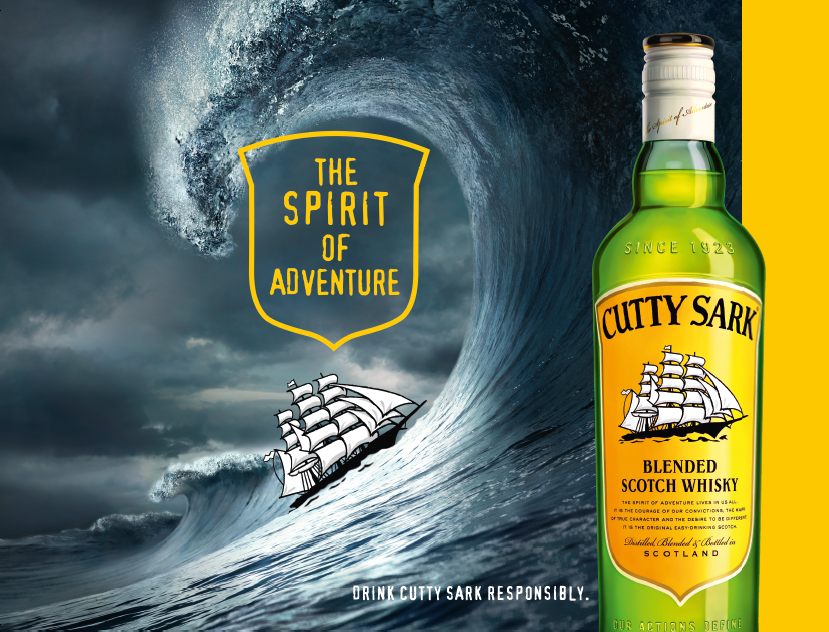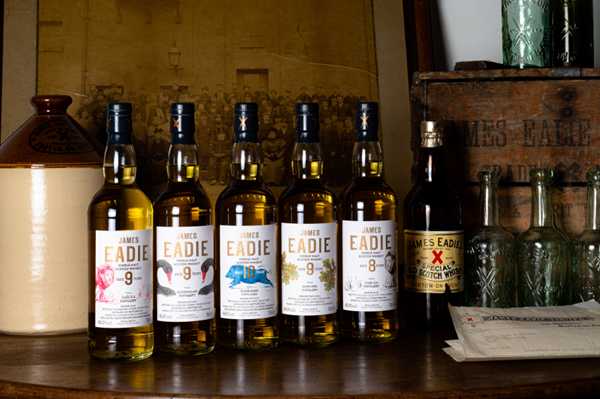Pure Scotch
Made from a few humble ingredients and with no added flavourings allowed, Scotch whisky promotes itself as a wholly natural spirit. Behind the scenes it’s not always quite that simple, reports Tom Bruce-Gardyne…
When northern Europeans descend on the beaches of Italy for their summer migration, it can cause a certain wry amusement among the locals. “Ah, the mozzarelli have arrived,” someone will say, looking down at all that milky flesh desperate for an Italian tan. Pallor is not a good look.
The same goes for Scotch whisky. A lustrous chestnut hue is more appealing to most whisky drinkers than something pale, and for those who know something about Scotch it is suggestive of age and that mellow fruitfulness associated with sherry casks. The industry understands this and whenever casks are too tired or the time in them too short to impart sufficient colour, it has a little trick up its sleeve.
It is called spirit caramel, a natural product that is the only additive allowed under the Scotch whisky rules. Just a few drops are required per blending vat before bottling. Officially it’s done purely to even out colour variations between the casks that are vatted together. Plenty of other spirits use it and it’s claimed to have no impact on flavour.
“I could never say I’d picked it up in a whisky in terms of smell and taste, but the only reason you’d use it is not to improve the whisky, it’s just cosmetic,” says Iain McAlister, manager of Glen Scotia in Campbeltown.
Rupert Patrick, CEO of James Eadie and chairman of WhiskyInvestDirect, feels it’s a bit disingenuous. “The industry was always saying we want a consistent colour, but people love dark, heavily-sherried whiskies,” he says. “They like whisky to look brown, though the old Cutty Sark and J&B lightness worked for some people.”

You do wonder what those big blends like Bells, Ballantine’s and Johnnie Walker would look like, stripped naked without their fake tan.
“They might be like J&B or lighter,” reckons Rupert, who had no hesitation in following a different path for James Eadie’s single malts and its Trade Mark ‘X’ blend. “No caramel, no chill-filtration and bottled at 46-48% abv,” he says. “It’s just a much better, easier story and it hangs better with the consumer.”
As for the high abv – “It was about sticking to history, 80 proof is 45.6% abv,” he says, referring to the original strength of the whisky that James Eadie, a big Burton-on-Trent brewer in his day, used to sell in his pubs. “We looked at doing it at 40%, but we thought it would make a better whisky if we didn’t need to chill-filter it.”

Chill-filtration is used by the industry to prevent whisky turning cloudy like Ouzo if you add water, or if it gets too cold. There’s no risk of this happening at a higher strength, but there is clearly a price to pay. Since August 1st, UK duty is now an eye-watering £8.86 on a 70cl bottle of Scotch at the minimum strength. If you bottle at 46% the rate jumps to £10.19, and that’s before you have added any VAT.
There is no effect on quality if the bottle throws a haze, but you can understand consumers might be concerned that their whisky had gone off. There are also tales of the draconian US Food & Drug Administration sending back containers of Scotch that had turned cloudy because they’d sat too long in some freezing warehouse. So, it’s not surprising it’s a widespread practice, but it doesn’t do much for the whisky.
Those who abandoned chill-filtering will tell you of all the aromas and oils that are left on the filter plates – stuff that has been stripped out of the whisky. It might look bright and polished, but it is somehow thinner than it would have been. The texture or mouthfeel of a whisky is all part of the pleasure it brings.
Stronger whiskies also tend to be more intense in flavour and aroma. When you add water to your dram those volatile aromas are released for your enjoyment. Do the dilution before the whisky has been bottled to hit the magic 40% abv, and that is another small pleasure denied, though you do save on tax.

Of course, all these arguments are a bit esoteric in the greater scheme of things. “The global brands that are doing such a great job leading the charge for Scotch whisky should stick to the knitting,” reckons Rupert. “At that level many consumers are not aware of spirit caramel.”
However, all this artifice by the big guys gives the smaller players a wonderful platform and point of difference. Natural colour, non-chill filtering and a high bottling strength are three levers to pull for any independent bottler, new generation distiller or member of the old guard like Bruichladdich or Ian Macleod Distillers. Banging the drum for ‘pure, natural whisky’ goes down a treat with the fans.

Award-winning drinks columnist and author Tom Bruce-Gardyne began his career in the wine trade, managing exports for a major Sicilian producer. Now freelance for 20 years, Tom has been a weekly columnist for The Herald and his books include The Scotch Whisky Book and most recently Scotch Whisky Treasures.
You can read more comment and analysis on the Scotch whisky industry by clicking on Whisky News.




